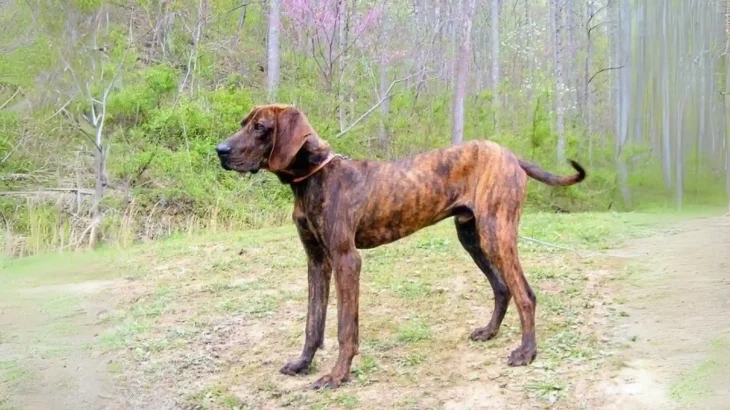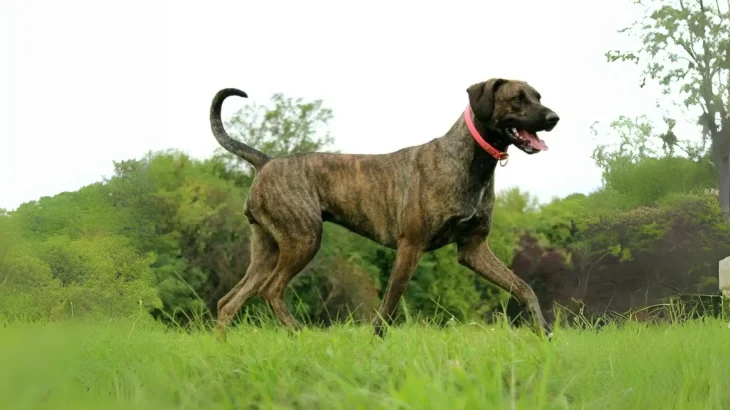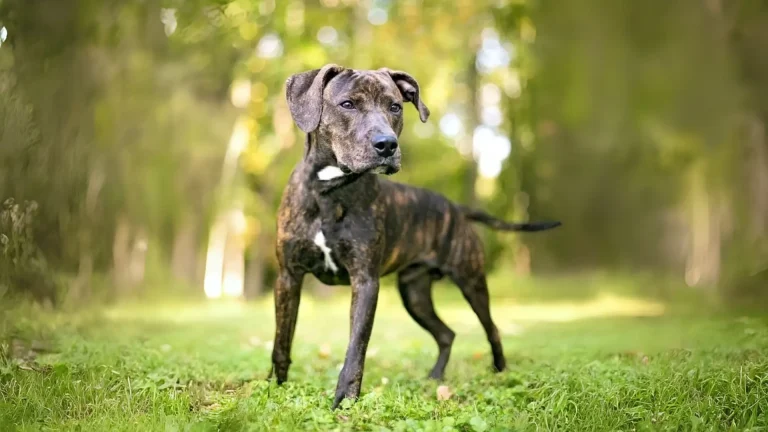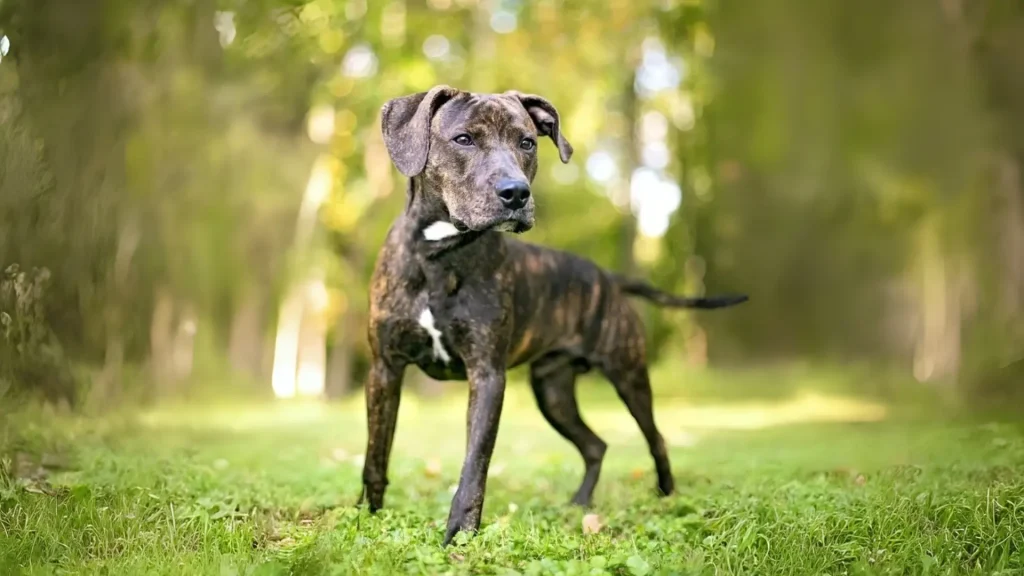For owners of Plott Hounds, pet insurance is a wise choice given the breed's energetic nature and high activity levels. These dogs often face risks from outdoor adventures, like injuries or accidental poisonings. Insurance can help cover expensive vet bills for accidents, illnesses, and surgeries, easing financial worries. Understanding coverage details, costs, and alternatives helps owners pick the best plan. With insurance, owners can focus on their dog's care without stressing over surprise expenses.
Importance of Pet Insurance for Health and Surgery
Pet insurance covers unexpected health issues and surgeries. Plott Hounds' active lifestyle can cause injuries like broken bones or cuts. Insurance pays for treatments and recovery, giving peace of mind. Premiums add cost, but coverage helps with major expenses. Some conditions might be excluded, so it's important to read terms carefully.
Liability Coverage Considerations
Liability coverage protects owners if their dog injures someone or damages property. Plott Hounds' strong prey and protective instincts can lead to accidents. Liability insurance can cover legal or medical costs but often requires an extra fee. While some owners skip it, it offers valuable protection against costly incidents.
Common Alternatives to Traditional Pet Insurance
Alternatives include savings accounts for emergencies or wellness plans focusing on routine care. Savings give control but need discipline and might fall short in big emergencies. Wellness plans often exclude serious treatments, making pet insurance generally more comprehensive for active dogs like Plott Hounds.
Coverage Details and Out-of-Pocket Costs
Most pet insurance covers accidents, illnesses, surgeries, diagnostics, and sometimes medications. Owners usually pay deductibles and co-pays. Some treatments or hereditary conditions may be excluded, and policies can have yearly or per-condition limits. Knowing these details helps owners prepare financially.
Advantages and Disadvantages of Pet Insurance
Pet insurance offers peace of mind by reducing unexpected vet costs and encouraging timely care. Drawbacks include premiums, possible claim denials, and some exclusions. For active breeds like Plott Hounds, the benefits often outweigh the downsides.




















































